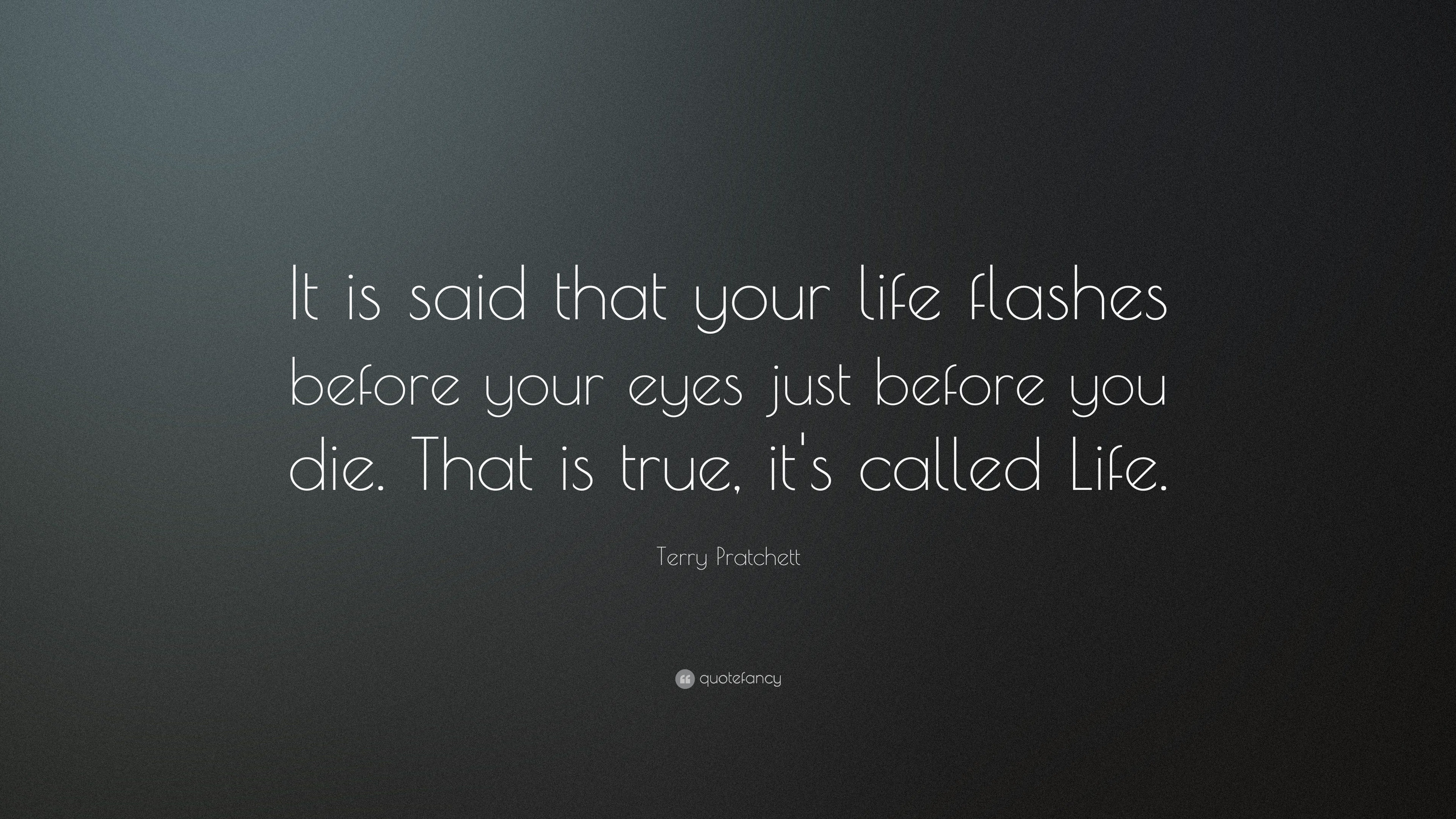

In 1975, a doctor Raymond Moody collected reports of NDEs from 150 coma survivors, finding that NDEs can include out of body experiences, feelings of peacefulness, entering a gateway or tunnel, and seeing a bright light. NDEs often have the same characteristics, and people remember them extremely vividly. But proving that hypothesis, on the other hand, would be difficult. Chawla said that it can be a valid hypothesis that this brain activity is connected to a near-death experience (NDE), or reliving memories, given the timing and kind of brain activity. Similarly, we can’t know what the man in the newly published case report was feeling, or if he saw memories from his past. “I don’t know what the rat was experiencing, if it was experiencing anything, because in our study we had the animals anesthetized,” Mashour said. Intriguing as all of this is, there’s still a huge gap between what exactly is going on from a phenomenological perspective, meaning how this surge is experienced. “I don’t think there’s anyone who can argue that this is not happening,” he said. Chawla gets phone calls from doctors all over the country who report the same. This part of the story is consistent, Chawla said: Some portion of people after cardiac death display cohesive gamma wave activity. “They were able to identify very similar findings, and these studies mutually complement and support one another,” he said. Mashour said that the new case report is interesting because it continues to connect the work done in rats to what’s been observed repeatedly in humans. In the moment just after cardiac death, there was a surge of high-frequency brain activity. They implanted electrodes into the brains of nine anesthetized rats, and then killed them. In a study from 2013, George Mashour, an anesthesiologist at the University of Michigan, and first author Jimo Borjigin looked for this brain activity in rats.

Jan Claassen, the senior author on that paper and a neurologist at Columbia University, said that they had one patient out of 19 who showed EEG activity briefly after blood flow to the brain stopped. Of 19 patients who died a cardiac death, 11 had EEG activity following permanent cessation of the electrical or pump function of the heart, they reported. Most recently, in 2021, a study looked at data from patients that died from heart attacks, who had also been undergoing standard EEG monitoring in an ICU. They, too, saw increases in higher-frequency brain waves similar to those described in the new paper in two of the four patients just before cardiac death, but didn’t see any gamma activity after death. In Norton’s 2017 study, she and her colleagues measured EEG activity 30 minutes prior to death until 30 minutes after death in four patients. While the recent paper boasts about being “first”-and this was technically the first time the specific type of EEG measurement here was done-it’s not the first to measure the brain as someone died. For now, what this finding might be most effective at teaching us is how data is filtered through our own personal beliefs: What people think of the surge often tells us less about a still-mysterious phenomenon than it does about their own worldviews. But what it means, and how it’s experienced, is still unknown. It’s a topic that deserves investigation, because it could have important implications for end of life care, organ donation, or understanding the exact process of death. The past studies, in combination with this one, show there can be a surge of electrical activity in the brain right as people-or animals-die, which sometimes continues after the heart stops. Though the authors of the new paper wrote that this was the “first-ever” continuous recording by EEG of a person as they died, this exact phenomenon has actually been noticed and published about for over a decade. Could what was observed here be the neural signature of the near-death experience, or our lives flashing before our eyes as we die? It’s a provocative speculation, but that’s all it is: a speculation.


 0 kommentar(er)
0 kommentar(er)
